Are you somewhat new to agriculture or just want to learn more about ag terminology? Below is a little bit of an “Ag 101” lesson in basic farm animal terms that you would hear when talking with any farmer or rancher!
And that’s the first word to understand in the very basics — the average person might not know what the word “ag” means, which is short for agriculture. There are so many other terms that people might not know when they don’t have a background in farming, but these are great for those who want to know more about where their food comes from or learn more about the differences in animal terms!
In my opinion, the very first word that comes to mind is the word “cow.” Did you know that the word “cow” is technically a female bovine who has had a calf? Often times people refer to “cattle” as “cows,” but when referencing to a group of bovines — especially in the beef industry — the proper term to use is cattle, since they can be either male or female. If you’re looking at a group of bovines on a dairy farm, you could surely say dairy cows because in order to produce milk, they must have had a calf. So often times you hear the term “dairy cows and beef cattle.”
Here are some other differentiators between male, female, and baby animals and a couple other fun facts mixed in between!
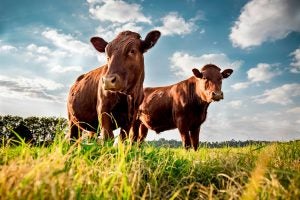
Cattle farm terms
Bovine: a wild or domesticated animal that is part of the cattle group (to include bison and buffalo)
Cow: female bovine that’s had a calf
Heifer: female bovine that has never had a calf
Bull: an intact (not castrated) male bovine, used primarily for breeding
Steer: a castrated male bovine, used primarily for beef production
Calf: a young bovine under one year of age

Pig farm terms
Fun fact, did you know one sow (female pig) can have up to 36 piglets a year?
Swine: a broad term for pigs
Hog: a domesticated pig
Piglet: a young pig
Sow: a female pig that has had piglets
Farrow: When a mother sow gives birth to piglets
Boar: an intact (not castrated) male swine
Barrow: a castrated male pig
Gilt: a female pig under a year old that has not had a litter of piglets (farrowed)
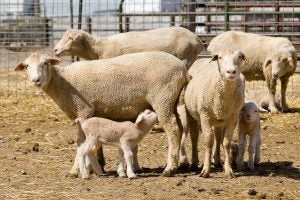
Sheep farm terms
Ewe: a female sheep
Ram: a male sheep (not castrated)
Wether: a castrated male sheep
Lamb: a young sheep, under a year old
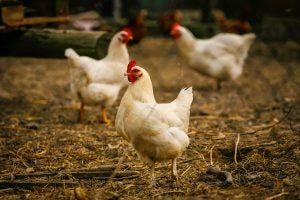
Chicken farm terms
Fun fact, a hen can sit on 10 to 12 eggs for three weeks before they hatch!
Layer: a female chicken used for egg production
Broiler: chickens used for meat production — may be male or female
Hen: an adult female chicken
Rooster: a male chicken
Pullet: a young hen, under a year old
Chick: a newly hatched young bird
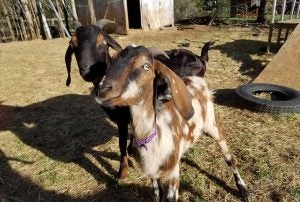
Goat farm terms
Doe: (or Nanny) an adult female goat
Billy: a male goat
Buck: a male goat that can breed (not castrated)
Wether: a castrated male goat
Doeling: a female goat under one year of age
Buckling: a male goat under a year of age
Kids: a goat under 12 months of age — usually referring to younger, baby goats
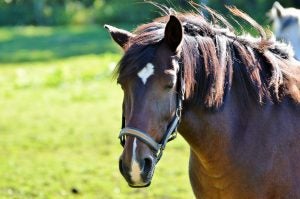
Equine/horse farm terms
Mare: a female horse
Stallion: an intact (not castrated) male horse
Gelding: a castrated male horse
Filly: a young female horse
Colt: a young male horse
Yearling: a male or female horse between 1 and 2 years old
Foal: a male or female horse less than a year old
Hope you’ve enjoyed this list of farm-animal terms and learned a little bit about the specifics of each species.
Michelle Miller, the Farm Babe, is an Iowa-based farmer, public speaker, and writer, who lives and works with her boyfriend on their farm, which consists of row crops, beef cattle, and sheep. She believes education is key in bridging the gap between farmers and consumers.



